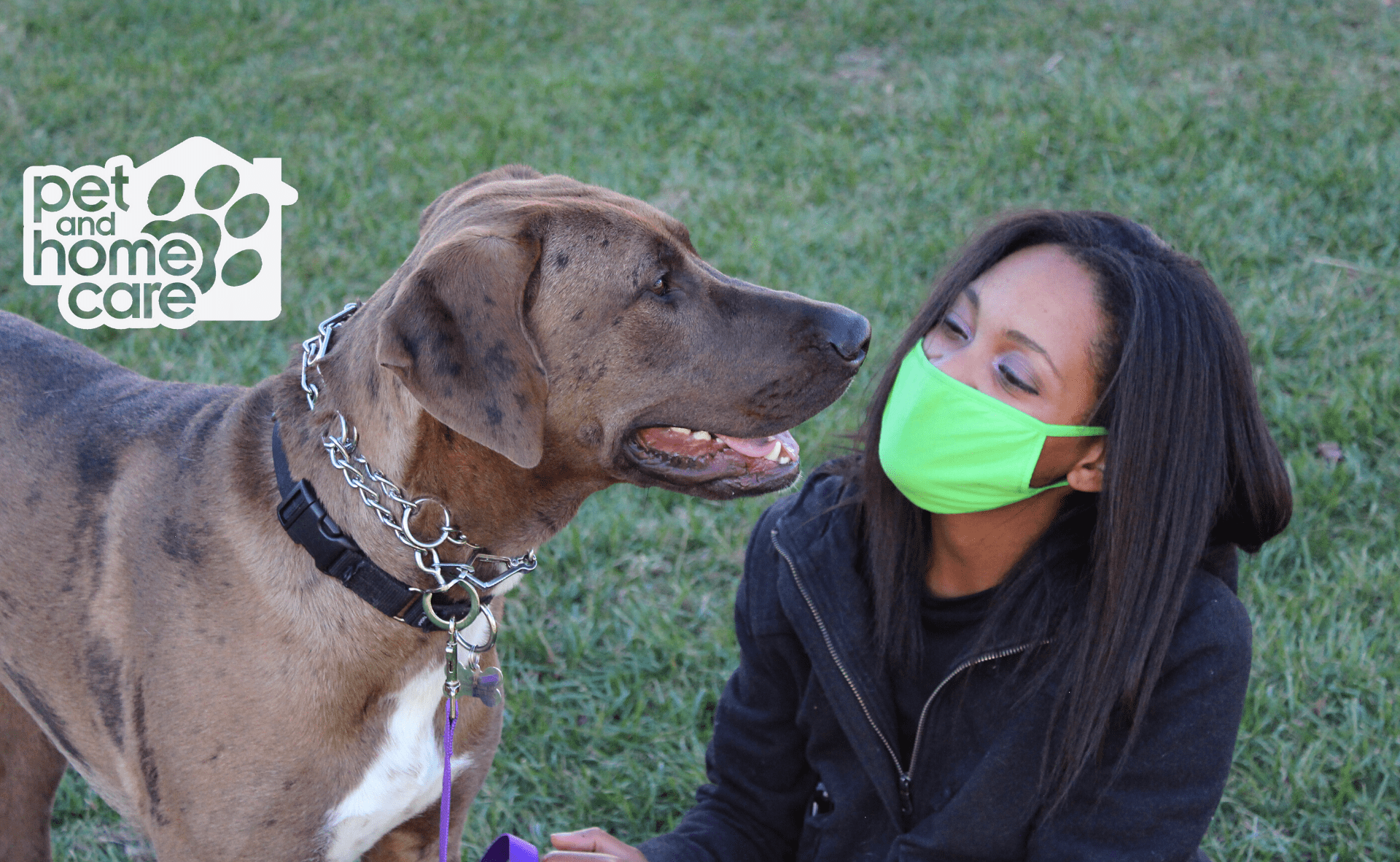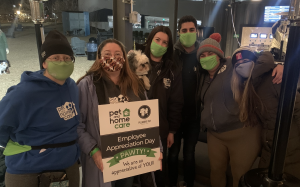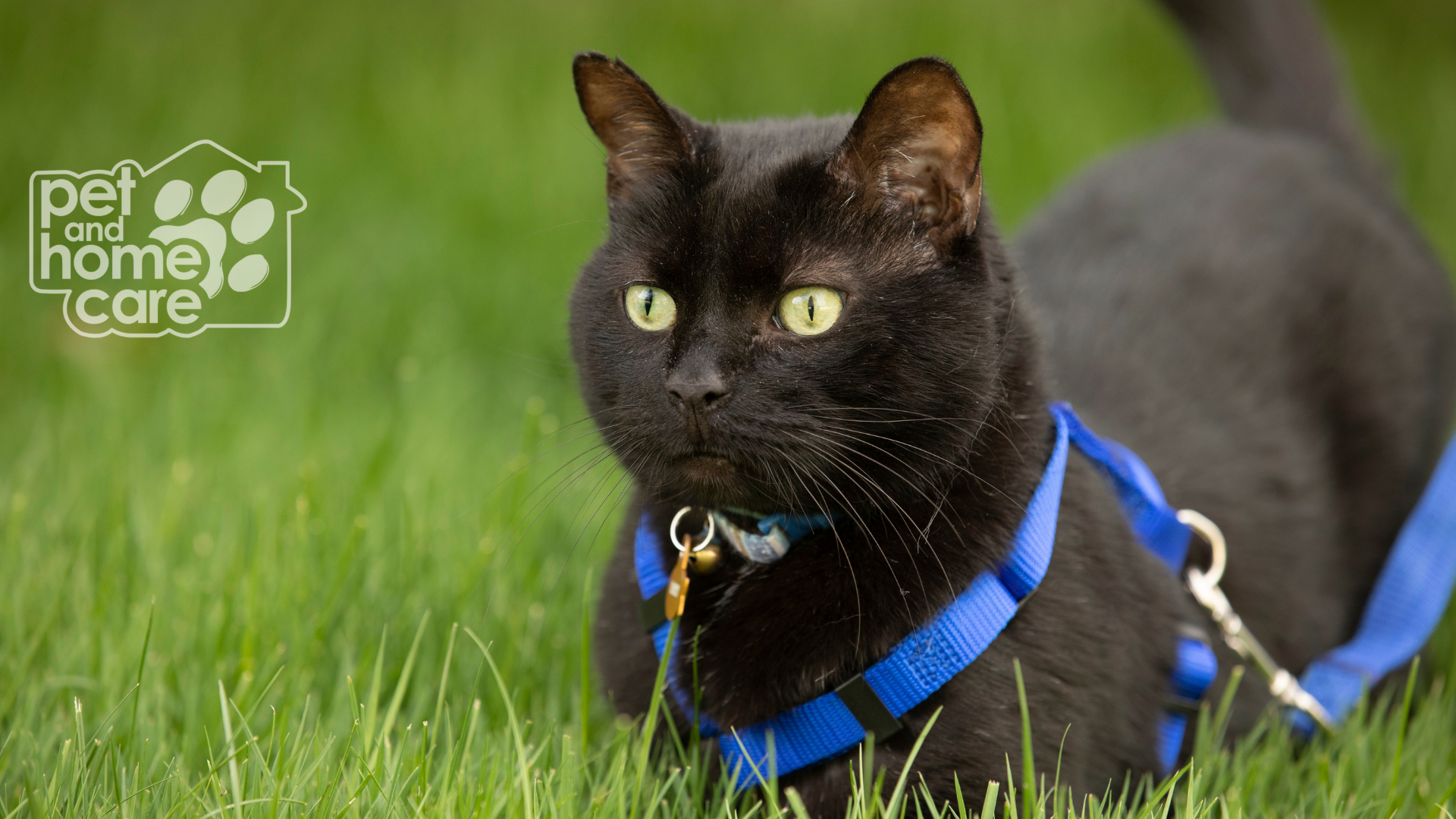Got your vaccine and itching to travel this spring break? Here are our top tips for a safe trip!
Stay Close
Although many of us may have the desire to start jet setting to faraway destinations, we recommend a staycation in Maryland or a surrounding state. There are many great places to visit in and around the DMV. Take advantage of the beautiful spring weather at Deep Creek Lake in western Maryland. For beach lovers, make a trip to the Eastern Shore to feel the sand between your toes! Although it may not be as exciting to stay local, it’s safer and cheaper!
Follow Regional COVID Advisories and Guidelines
Even if you or your family members have gotten the COVID-19 vaccine, it’s important to still follow guidelines pertaining to the area that you’re visiting. For most areas, this will mean wearing a mask in public and keeping your distance from others. Vaccinated individuals can still infect people if their cough or sneeze contains particles of the virus.
Use Travel Insurance
Travel insurance is a great way to protect yourself in the event of last-minute cancellations or other potential financial losses that can occur while traveling. The best time to buy travel insurance is immediately after booking your travel plans to extend the window of coverage. Make sure to choose a plan that works best for you and read all documents carefully.
Schedule Your Pet With Pet and Home Care
Booked your getaway? Leave your pet care needs to us! Drop your dog off at our dog resort for their very own vacation, or schedule in-home visits for any of your pets. Visit our website petandhomecare.com/services or give us a call at (301) PET-CARE to learn more about our services including walks, overnight pet care, and house cleaning. And don’t worry if you have to cancel your trip, we only have a 12-hour cancelation window!












